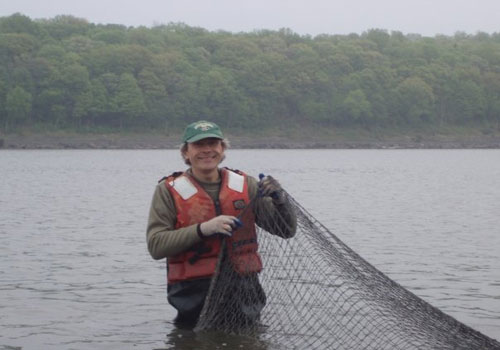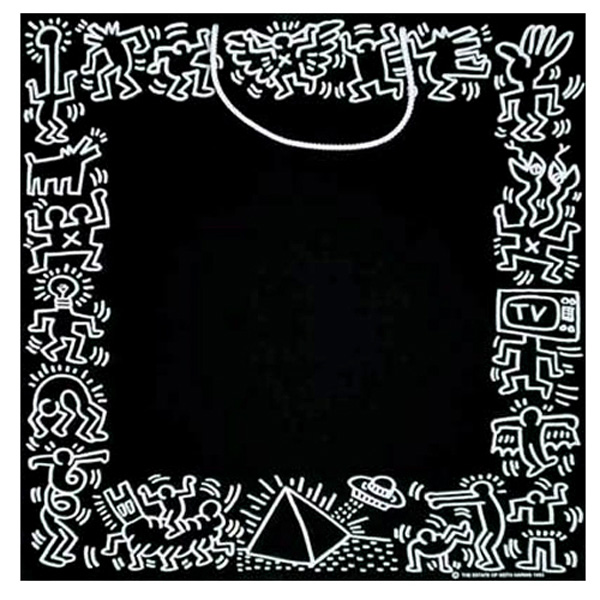“Our goal is a delightfully diverse, safe, healthy and just world, with clean air, water, soil and power – economically, equitably, ecologically and elegantly enjoyed.” ~ William McDonough Can we all agree that this is the world we want to leave to our kids? If so, how can we bring the principles of McDonough’s revolutionary book, Cradle To Cradle: Remaking The Way We Make Things to our children? Cradle To Cradle calls for the “transformation of human industry through ecologically intelligent design.” The book approaches a framework for sustainability that follows products through their lifecycle – from cradle to grave.
Since it is my prerogative to bring things that matter to Econesting, I’m going to apply the simple premise of Cradle To Cradle, in all its advocacy, to education...The education system needs to be remade.
Having worked in progressive education for many years, I believe leaving positive footprints (instead of just reducing the negative ones) is what we should be teaching our kids. This is not only for the fate of our ailing environment, but to nurture our children to make the choices needed to close the loop and create a sustainable future.
I know, you’re thinking I’ve gone off on a tangent and landed on a lofty soapbox. Let me step out of that cloud for a moment and confess that this is not an earth shattering observation, or a newly minted connection made by just me. Think about it, your education and mine is tunneled so deep into our core. It runs through our veins and deposits its decisions in our words and actions. These decisions (and those of our predecessors) have screwed up our cradle – our planet.
Blame game done. Can we pick up our heavy footprints and figure out what tools to give our babes to make the important decisions that will lighten the load and close the loop? You bet. Here you go…
The Institute for Humane Education believes that quality humane education covers four elements which include:
1. providing accurate information about the challenges of our time 2. fostering the 3 C’s of curiosity, creativity, and critical thinking 3. instilling the 3 R’s of reverence, respect and responsibility 4. offering positive choices and the tools for problem-solving
Call it Humane, call it Progressive, call it Humanistic – as long as it calls to action an educational system that helps our kids learn how to think with those 3 C’s, make decisions based on those 3 R’s and discover a fifth element:
5. Teach Cradle To Cradle to insure that our kids can rock it...and live in a “delightfully diverse, safe, healthy and just world.”
Fern photos: Brian Whitney for Garden Design Magazine.
Why ferns? Ferns embody the 3 E’s - they are endearing, enthralling and enduring. Their ancient beauty has been around for millions of years. Ferns have truly developed a sustainable lifestyle!












